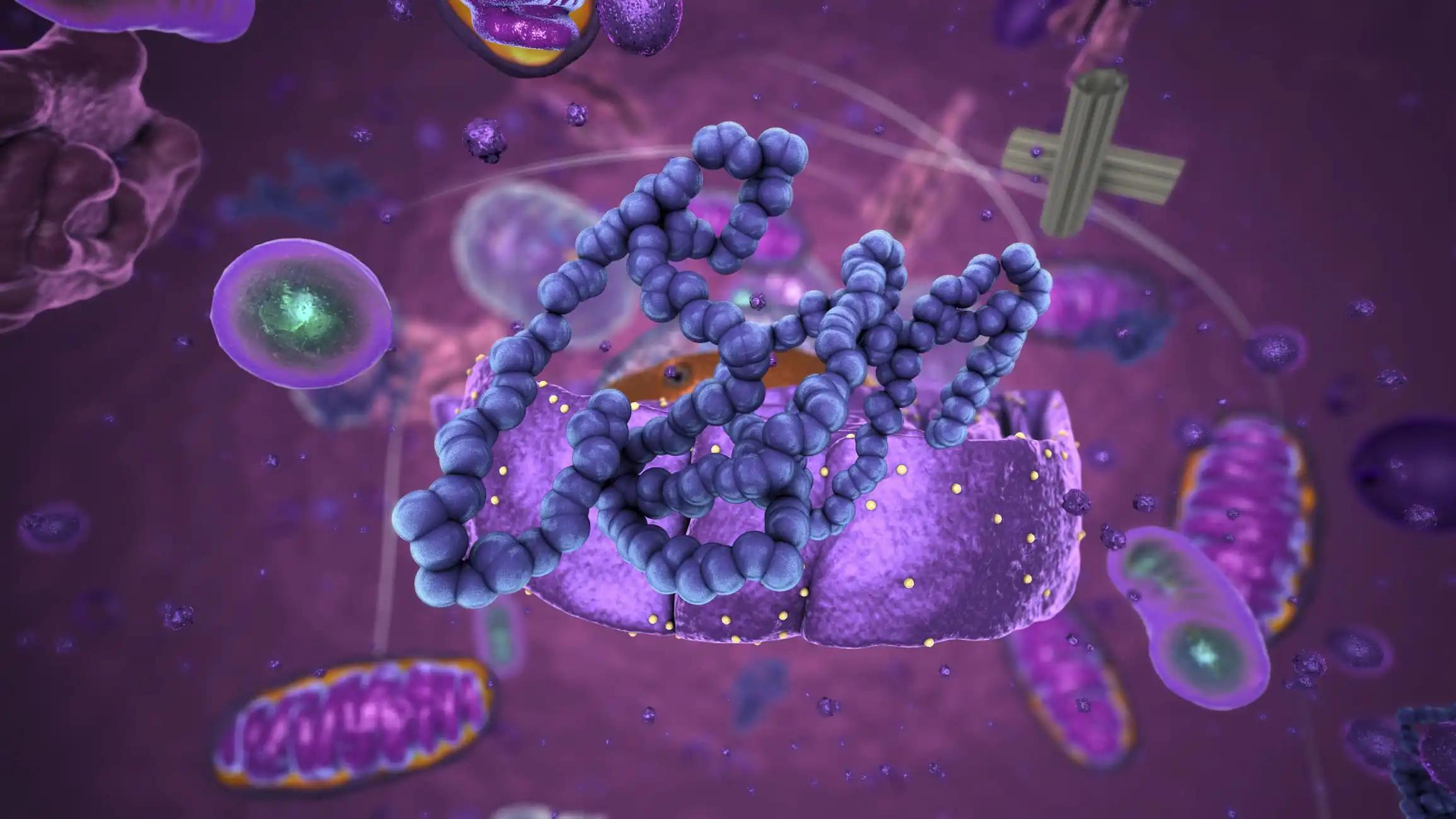KEY TAKEAWAYS
- The phase II trial aimed to evaluate the combined efficacy and safety of TUC and Tras in HER2-altered solid tumor pts.
- The primary endpoint was cORR. Secondary endpoints include OS, DCR, DOR, PFS, and safety.
- The study found that combined therapy was well-tolerated and showed promising antitumor activity in pts.
Biliary tract cancer (BTC) is a deadly cancer with few treatment options. Tucatinib (TUC) is a drug that targets HER2, a protein that is often found in BTC.
Researchers aimed to evaluate the combined efficacy and safety of TUC and Trastuzumab (Tras) in patients (pts) with HER2-altered solid tumors.
The study included pts who had previously received and experienced disease progression after one or more lines of systemic therapy for metastatic disease. The eligible pts need to have locally confirmed HER2-positive status, either HER2 overexpression (assessed by immunohistochemistry as 3+) or HER2 amplification (determined through in situ hybridization assay or next-generation sequencing).
Treatment consisted of a 21-day cycle involving the oral drug TUC (300 mg taken twice daily) and intravenous Tras (starting with 8 mg/kg followed by 6 mg/kg every 3 weeks). Disease status was assessed using RECIST v1.1 criteria, with evaluations conducted every 6 weeks for the first 24 weeks and then every 12 weeks. The primary endpoint was the confirmed objective response rate (cORR) determined by the investigator. Secondary endpoints included overall survival (OS), disease control rate (DCR), duration of response (DOR), progression-free survival (PFS), and safety.
About 30 pts were enrolled in the BTC cohort. The median follow-up duration was 8.3 months. The cORR was 46.7% [90% CI, 30.8, 63.0], with 14 responses, including 1 complete and 13 partial responses. The median DOR was 6.0 months [90% CI, 5.5, not estimable]. The DCR was 76.7% (n=23; 90% CI, 60.6, 88.5), and the median PFS was 5.5 months [90% CI, 3.9, 8.1]. At the data cutoff, 13 pts (43.3%) had passed away, and the 12-month OS rate was 53.8% [90% CI, 35.2, 69.1%]. The most commonly reported treatment-emergent adverse events (TEAEs) were pyrexia (43.3%) and diarrhea (40.0%). Grade ≥3 TEAEs were reported in 18 (60.0%) of 30 pts; however, only 6 (20.0%) and 2 (6.7%) of these pts had Grade ≥3 TEAEs related to TUC and Tras, respectively, 2 pts (6.7%) discontinued TUC due to TEAEs, specifically cholangitis and liver disorder. No deaths were attributed to TEAEs.
The study found that combined therapy was well-tolerated and showed promising antitumor activity in pts.
Source: https://ascopubs.org/doi/abs/10.1200/JCO.2023.41.16_suppl.4007
Clinical Trial: https://classic.clinicaltrials.gov/ct2/show/NCT04579380
Yoshiaki Nakamura, Nobumasa Mizuno, Yu Sunakawa, Erika P. Hamilton, Hidetoshi Hayashi, Seung Tae Kim, Keun-Wook Lee, Bradley J. Monk, Danny Nguyen, Alicia Frances Clare Okines, David M. O’Malley, Paula R Pohlmann, Martin Reck, Evan Y. Yu, Roman Groisberg, Jorge Ramos, Qianwen Tan, Tom Stinchcombe, and Tanios S. Bekaii-Saab. DOI: 10.1200/JCO.2023.41.16_suppl.4007 Journal of Clinical Oncology 41, no. 16_suppl (June 01, 2023) 4007-4007.



